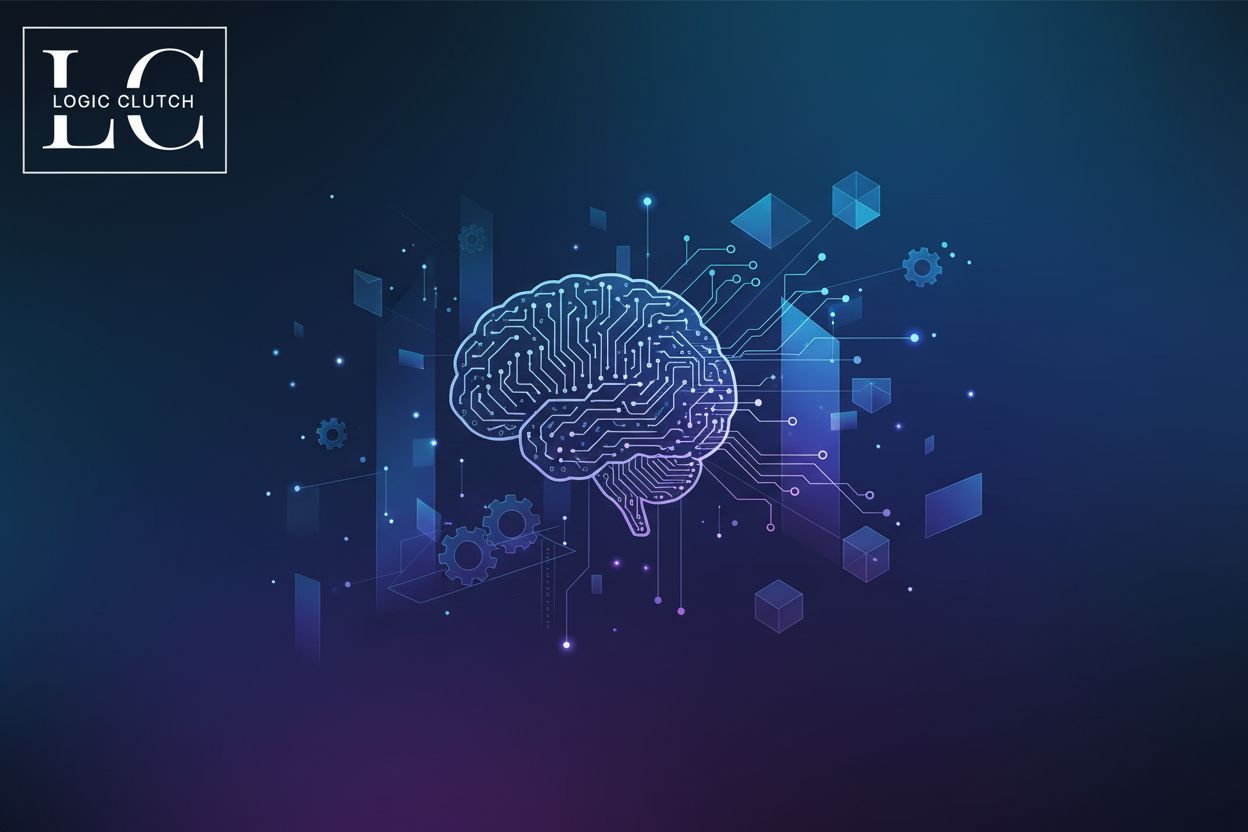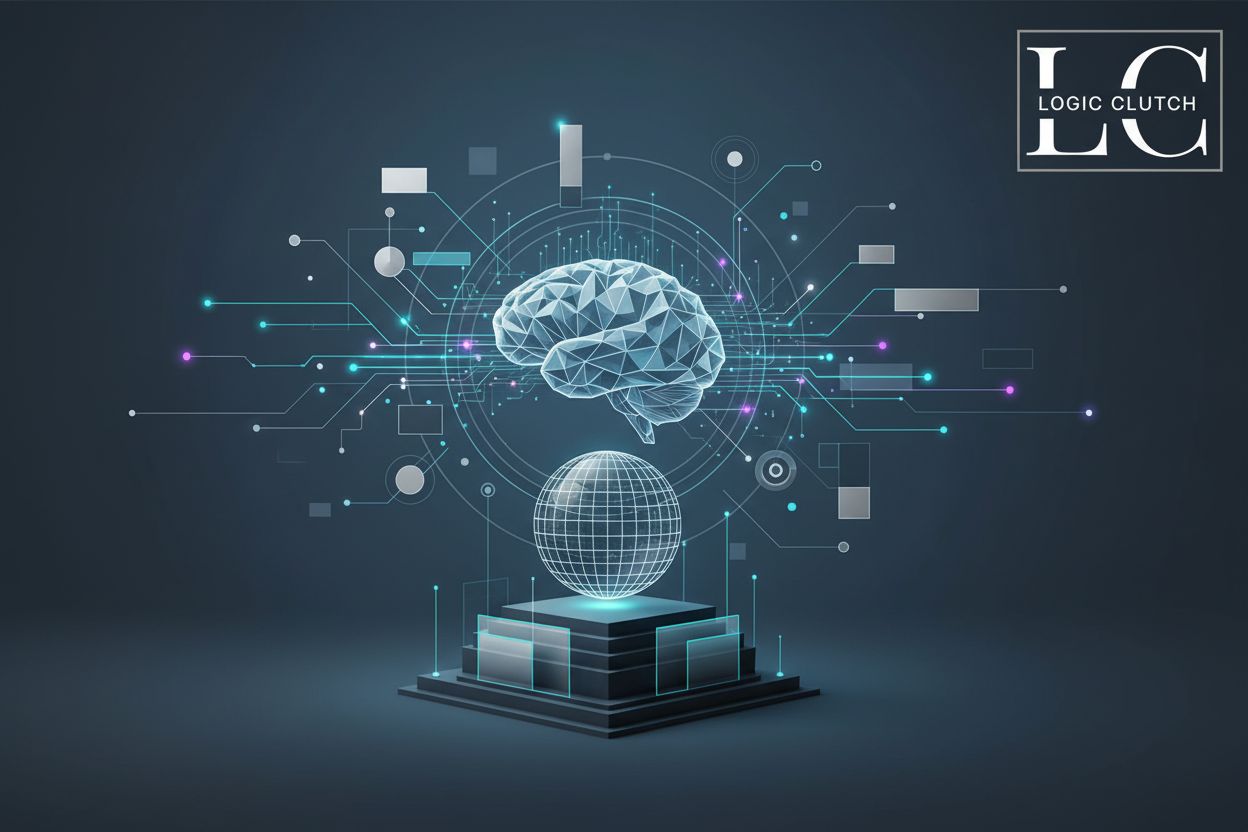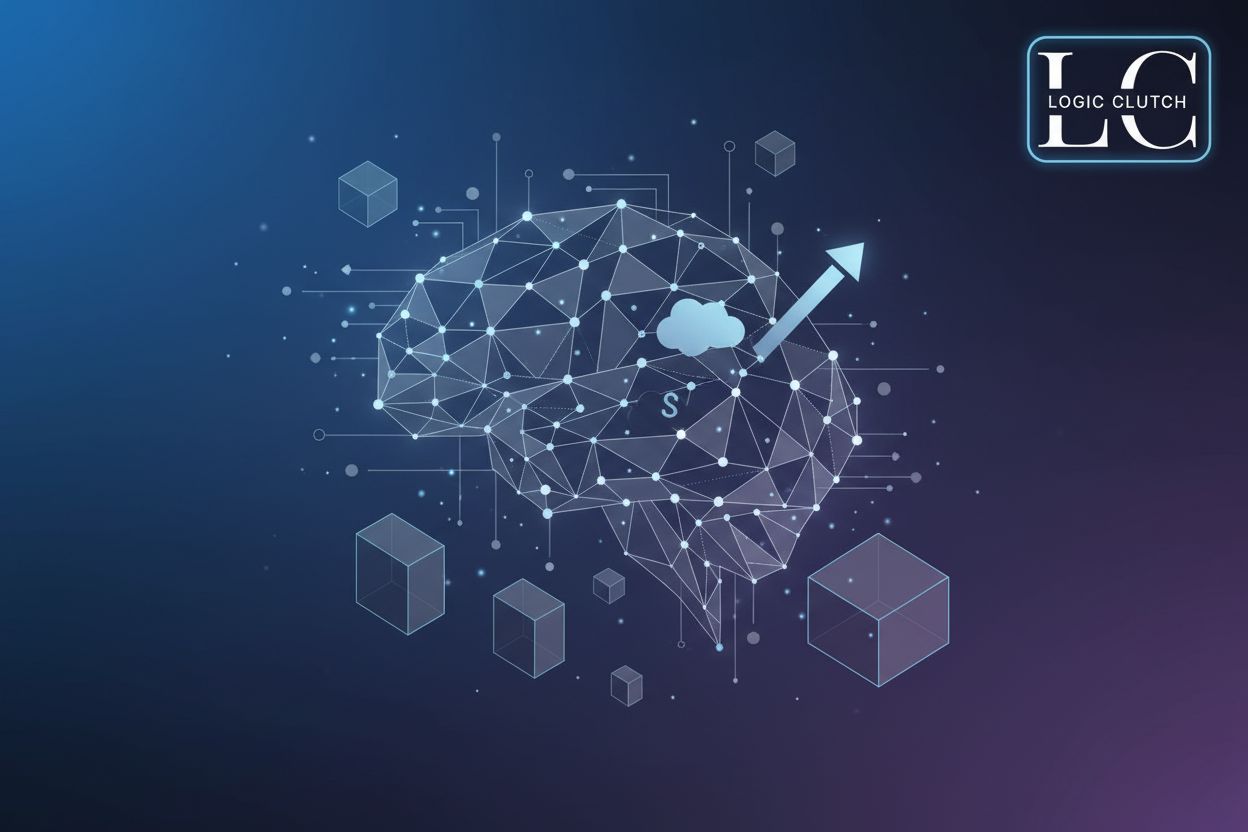Harnessing AI for Data Analytics: Achieving Data-Driven Success
TL;DR
Introduction: The AI Revolution in Data Analytics
Okay, so, data's exploding, right? Like, you can't even keep up these days. Feels like just yesterday we were talking megabytes, now it's all petabytes and, uh, zettabytes, yottabytes, and even bigger units. This exponential growth means traditional analytics just can't keep up anymore. (What The Data Explosion Means for Enterprise File Management)
- Traditional analytics? They're struggling to keep pace. (Why Traditional Analytics is Failing and What the Future Holds For ...) It's like trying to bail out a flood with a teacup.
- AI steps in to save the day. (101 Ways To Use AI In Your Daily Life - YouTube) I mean, imagine trying to find patterns in all that data without it? Nightmare fuel.
- Think real-time insights, like spotting fraud before it happens, or knowing exactly when to re-stock that one product that's always flying off the shelves. AI is changing the game for data analysis. AI is changing the game
Now that we understand the sheer scale of data and the limitations of traditional methods, let's dive into how AI actually pulls all this off.
Understanding AI Techniques for Data Analysis
Okay, so AI isn't just some buzzword, right? It's like, actually useful for digging into data and finding stuff you'd normally miss. This section explains how AI works its magic.
Here's a few techniques where AI is seriously changing the game:
Predictive Modeling: Think of it like this - using past sales to guess what's gonna be hot next quarter. Algorithms like regression crunch those numbers. For example, within Salesforce, predictive modeling can be used by Salesforce Einstein to score leads, helping sales reps prioritize outreach to prospects most likely to convert.
Anomaly Detection: This is all about spotting weird stuff in your data. Like, finding a fraudulent transaction in finance, or maybe catching a glitch in manufacturing before it causes a problem. In Salesforce, anomaly detection could flag unusual spikes in customer support tickets from a specific region, indicating a potential product issue or service disruption. You get better data quality and cut risks, which is always a plus.
Natural Language Processing (NLP): Ever tried to make sense of customer feedback from like, a million surveys? NLP can analyze text to figure out what people really think. Sentiment analysis is key here. Hooking NLP up with Salesforce can seriously improve how you understand your customers, for instance, by automatically categorizing and summarizing open-ended feedback from customer surveys or social media mentions.
So, yeah, those are just a few ways AI is shaking things up. Now that we've explored the core AI techniques, let's see how they translate into practical applications for leveraging your data within Salesforce.
AI-Powered Tools and Technologies for Salesforce CRM
Okay, so, you're using Salesforce, huh? Smart move. But are you really squeezing every last drop of juice out of it? Probably not, and that's where AI-powered tools come in. They're not just fancy add-ons, but game changers, seriously.
Let's talk specifics, cause fluffy talk doesn't get anyone anywhere:
Salesforce Einstein is like, the big dog in this space. It's all about making your data visual and easy to understand. Think dashboards that actually tell you something useful. Plus, it's got this "Discovery" thing that finds insights automatically. No more digging for hours. For example, Einstein Opportunity Scoring uses predictive modeling to assign a score to each opportunity, helping sales teams focus their efforts.
But don't sleep on third-party AI solutions. They can fill in the gaps Einstein might miss. For instance, Coefficient pulls data into Google Sheets using AI, which is great for anyone who lives in spreadsheets and needs to analyze Salesforce data with predictive modeling or anomaly detection.
Speaking of understanding stuff, AnswerRocket uses natural language processing (NLP) so you can just ask it questions about your data. No coding, no fuss. You could ask, "What was our customer sentiment last quarter?" and get an instant answer, powered by NLP analysis of your customer feedback data.
These tools can really supercharge your Salesforce game. Now, let's look at how to integrate these powerful capabilities into your everyday workflow.
Implementing AI in Your Data Analytics Workflow
Okay, so you've got all these fancy AI tools, now what? Time to actually use them, right? Let's get into how it all fits together.
First, make sure your data's actually ready. No one wants to build a house on a shaky foundation, so clean that data! Get rid of duplicates, fix errors, the whole nine yards. Within Salesforce, this might involve using data cleansing tools or implementing stricter data entry protocols. According to Acceldata, bad data can lead to "inaccurate insights, flawed predictions, and missed opportunities."
Then, it's model time. Pick the right AI model for what you're trying to do. Is it predicting sales? Spotting fraud? Different models for different jobs. In Salesforce, this could mean leveraging Einstein's built-in predictive models or integrating external AI platforms that offer more specialized algorithms. You'd consult Salesforce's documentation or work with an AI specialist to choose the best fit for your specific business problem.
Finally, deploy and monitor. Put those AI models to work in Salesforce. But don't just set it and forget it! Keep an eye on how they're doing and tweak as needed. This involves setting up regular performance reviews, perhaps using Salesforce dashboards to track model accuracy and making adjustments to the models or the data feeding them.
Now, let's tackle some common hurdles you might face when adopting AI.
Overcoming Challenges in AI Adoption
So, you're all in on AI, huh? Cool, but let's be real - it's not always smooth sailing. Here's some bumps you might hit, and how to maybe dodge 'em.
Incomplete, inconsistent, and inaccurate data? Yeah, that'll mess things up. Think of a hospital using AI to predict patient outcomes, but half the records are missing test results. Garbage in, garbage out, right?
Data governance policies are your friend. These policies define things like data ownership, access controls, and data lineage, ensuring data is managed responsibly and consistently. This is crucial for AI initiatives within a Salesforce environment, as it helps maintain data integrity and trust.
Data quality tools are also super helpful. They scan your data and flag stuff that looks off.
Finding and keeping AI pros is hard. Everyone's fighting over them! Maybe try offering better benefits? Just a thought.
Training your current staff? Good move. Even basic AI knowledge can go a long way.
Partnering with AI experts might be the way to go, especially if you're a smaller company that can't afford a whole AI team.
Fairness and transparency in AI are key. You don't want your AI to be biased against certain groups.
Bias in data and models is a real thing. Like, if your training data is all from one demographic, your AI might not work well for others. To address this, you can use diverse datasets for training, regularly audit your models for bias, and employ explainable AI (XAI) techniques to understand why a model makes a certain prediction, integrating these practices with your Salesforce data.
Complying with data privacy regulations is a must. No one wants a lawsuit, right?
Next up, we'll look at how AI can drive real-world success stories, particularly within the Salesforce ecosystem.
Real-World Examples of AI-Driven Success in Salesforce
Ever wonder if all this AI hype is actually paying off for companies using Salesforce? Turns out, for some it really is.
- Take retail, for instance; many are using AI to predict what you're gonna buy before you even know. It's not mind-reading, but close! They analyze past purchases, browsing history, all that stuff. Salesforce's AI capabilities can help retailers personalize product recommendations and optimize inventory management.
- Then there's finance. I mean, fraud detection? AI's all over that. Banks are using it to spot weird transactions in real-time. Salesforce can integrate with AI fraud detection systems to flag suspicious activities directly within customer accounts.
- And don't forget healthcare. Some hospitals are using AI to prioritize patients in the ER, figuring out who needs help fast. AI can help healthcare providers manage patient flow and resource allocation, with Salesforce serving as the central hub for patient data and operational insights.
These examples highlight how AI, when applied effectively, can lead to significant improvements across various industries. So, what's next? Let's look into how these successes translate into enhanced customer and employee engagement.
Conclusion: Embracing AI for a Data-Driven Future
Yeah, so, you've made it this far – congrats! The AI party's just getting started, and you're officially invited.
- Remember all those benefits we talked about? Faster decisions, more accurate insights, and real-time analysis? It's all there for the taking, and it can really supercharge your customer and employee engagement.
- Now's the time to really explore what AI can do for your Salesforce setup. Don't just sit on the sidelines; get in there and experiment.
- And hey, don't stop learning. AI is always evolving, so keep up and stay ahead of the curve. You know, like they say on YouTube - always be learning.
Basically, it's time to embrace the AI future, and make data-driven decisions like a boss.








